Frequently Asked Questions
1. What are pocket knives and what makes them special?
2. How has technology influenced the design of pocket knives?
3. What is Damascus Steel and why is it popular in pocket knives?
4. How does 3D printing impact pocket knife design?
5. What are some future trends expected in pocket knife design?
In today's world, the marriage of technology and craftsmanship has led to revolutionary developments in various industries, and the realm of pocket knives is no exception. While the artistry of traditional knife-making continues to be celebrated, modern technology is reshaping pocket knife designs in remarkable ways. In this blog, we’ll explore how various technological advancements have influenced pocket knife design, with a specific focus on materials such as Damascus Steel.
Understanding Pocket Knives
Before diving into the technological innovations, it’s essential to understand what makes pocket knives so special. Defined primarily by their portability and utility, a pocket knife is a versatile tool that can range from simple designs to complex multi-tools that cater to various needs. The beauty of a pocket knife lies not only in its functionality but also in its design, which has evolved significantly over time.
The Role of Technology in Evolution
Historically, pocket knives were crafted using traditional methods involving skilled artisans and classic materials. However, the introduction of advanced technology has led to significant improvements in their design and functionality. Here’s a closer look at how technology is influencing pocket knife design:
Advanced Manufacturing Techniques
Modern manufacturing techniques such as CNC machining (computer numerical control) allow for precision cutting and shaping of knife components. This technology enables manufacturers to create complex designs with incredible accuracy, ensuring that every piece fits perfectly together. Moreover, CNC machining reduces production times and waste, making the entire process more efficient and environmentally friendly.
Material Innovation
Material choice plays a vital role in knife design. Steel types have improved substantially over the years, leading to better blade performance. One material that has gained a lot of attention is Damascus Steel, known for its distinctive patterns and exceptional strength. This ancient form of metalworking combines layers of steel to create blades that are not only stunning in appearance but also hold an edge exceptionally well.
Technological advancements have allowed for new variations of Damascus Steel to emerge, enhancing durability and aiding in corrosion resistance. Manufacturers can now use modern metallurgy techniques to create high-performance steels that uphold the aesthetic appeal of Damascus patterns while improving functionality.
Ergonomic Design Enhancements
With a greater understanding of human ergonomics, knife makers can design pocket knives that feel more comfortable and secure in the user's hand. The gradual shift toward ergonomic designs is largely influenced by CAD (computer-aided design) technology, which enables designers to simulate how knives will feel during use. This leads to better grip designs, weight distribution, and balance, making the knife more usable for a variety of tasks.
Smart Technology Integration
As technology continues to advance, we see the inclusion of smart features in pocket knives. Some modern designs now incorporate elements like built-in LED lights, digital measuring devices, or even Bluetooth capabilities that connect to smartphone apps. This integration of smart technologies helps enhance the functionality of the knife, making it adept for today's tech-savvy consumers.
Sustainability through Technology
With rising concerns about environmental sustainability, technology is paving the way for more eco-friendly designs. Techniques such as water jet cutting and laser engraving not only reduce material waste but also allow for greater detail in designs. Manufacturers are also exploring sustainable materials such as recycled metals or biodegradable composites, ensuring that their products don’t harm the planet.
The Aesthetic Appeal of Technology
While functionality is key, the visual appeal of pocket knives is equally important. Advanced design software enables intricate and personalized designs that cater to individual tastes. This personalization includes customization using engravings, unique handle materials, and distinctive blade patterns, including those produced using Damascus Steel. As a result, enthusiast collectors and casual users alike have a wider array of choices.
3D Printing: A Game Changer
One of the most revolutionary impacts of technology on pocket knife design is the advent of 3D printing. This cutting-edge technology allows for rapid prototyping and testing of knife designs without the need for extensive tooling. It empowers designers to innovate freely without heavy financial investment in manufacturing. 3D printing also facilitates the creation of complex structures that may have been impossible with traditional methods.
The Future of Pocket Knife Design
As technology continues to evolve, the possibilities for pocket knife design are virtually limitless. We anticipate that future designs will take advantage of even more advanced materials and features. Here’s a glimpse into potential trends we might see:
- Expandable Features: The introduction of foldable or expandable parts that increase functionality with minimal added bulk.
- Adaptive Designs: Knives that can change shape or adapt based on user interaction.
- Enhanced Blade Coatings: Development of new coatings and treatments that enhance durability and improve cutting performance without compromising on aesthetics.
Craftsmanship Meets Innovation
Despite the allure of technology, traditional craftsmanship remains indispensable in the knife-making process. Combining cutting-edge manufacturing techniques with age-old expertise results in pocket knives that respect time-honored craftsmanship while embracing contemporary efficiency. The coexistence of advanced manufacturing and skilled artisanship allows for a new era of knife design where aesthetics, functionality, and durability are all seamlessly intertwined.
Communities and Cultural Impact
As technology influences pocket knife design, so does the cultural appreciation for these tools. Knife enthusiasts, collectors, and outdoor adventurers form communities centered around shared interests. Online forums and social media platforms allow users to discuss design innovations, historical craftsmanship, and the latest trends in pocket knives.
This cultural exchange enriches the market and influences designers to innovate continually while respecting traditional craftsmanship methods. The result is a thriving environment where unique designs emerge, appealing to enthusiasts across various spectrums—from practical users to art collectors.
Watch for Upcoming Trends
Staying on top of the latest technological advances in pocket knife design is essential for enthusiasts and casual users alike. Whether you’re a seasoned collector or a rookie, being aware of how innovations affect the design and functionality of pocket knives can enhance your appreciation of these tools. Keep an eye on upcoming trends as technology continues to redefine what a pocket knife can be!
In summary, the interplay of technology and tradition in pocket knife design fosters an environment where creativity flourishes. The influence of materials like Damascus Steel alongside modern manufacturing techniques demonstrates that the future of pocket knives is bright, dynamic, and full of possibilities. Whether you are drawn to their utility or the rich stories they hold, pocket knives continue to be more than just tools—they are a testament to human ingenuity.






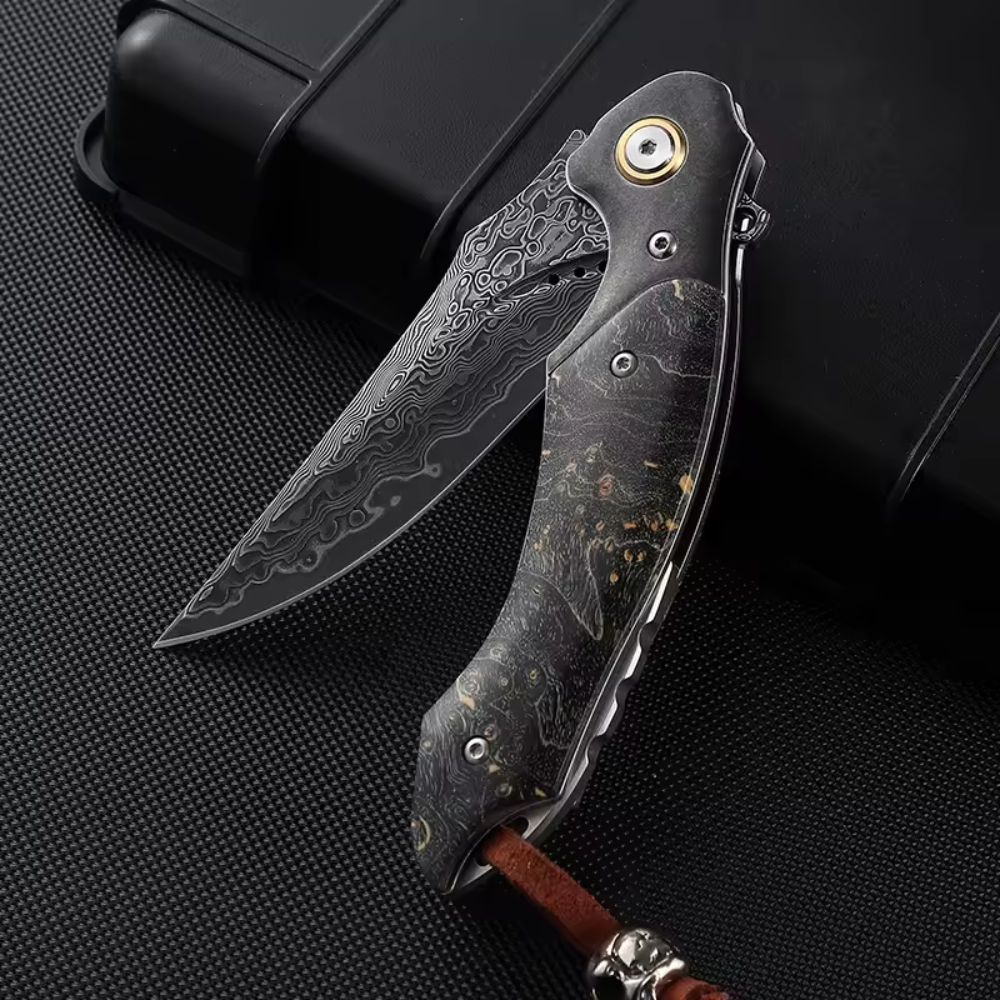
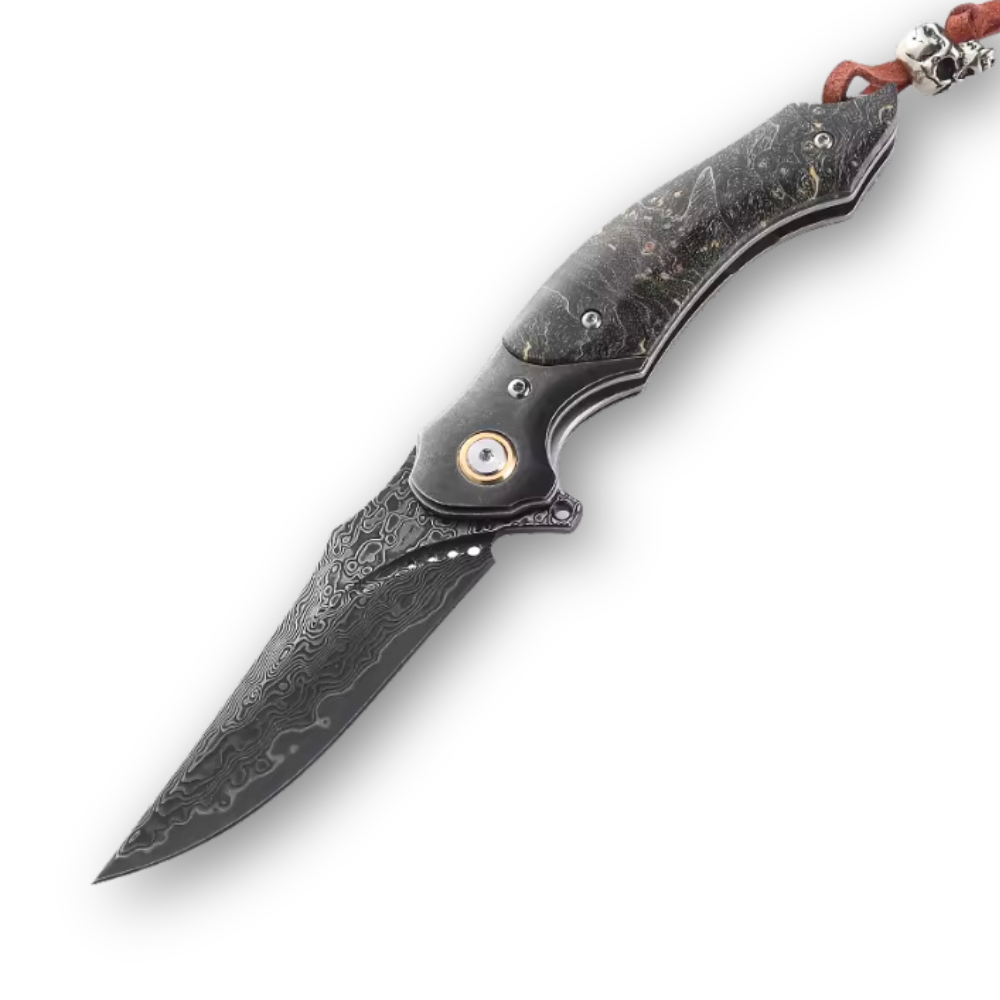
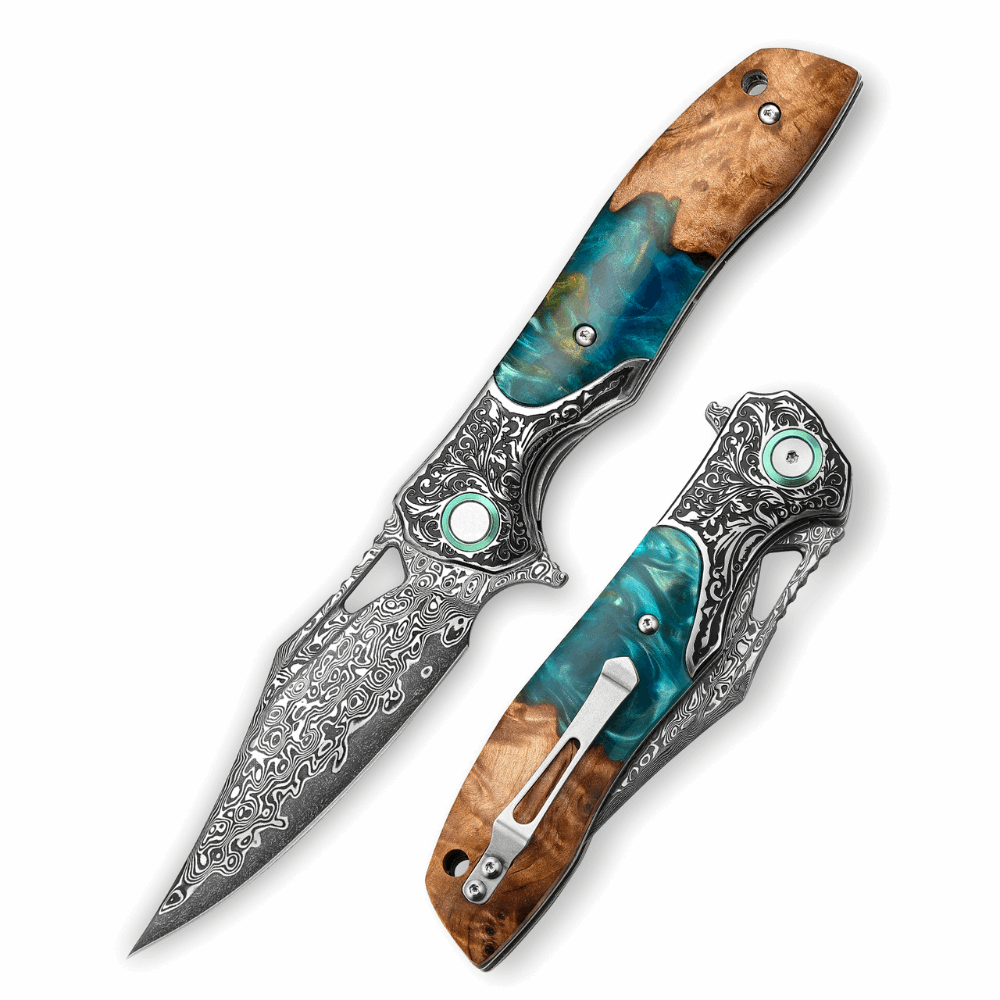
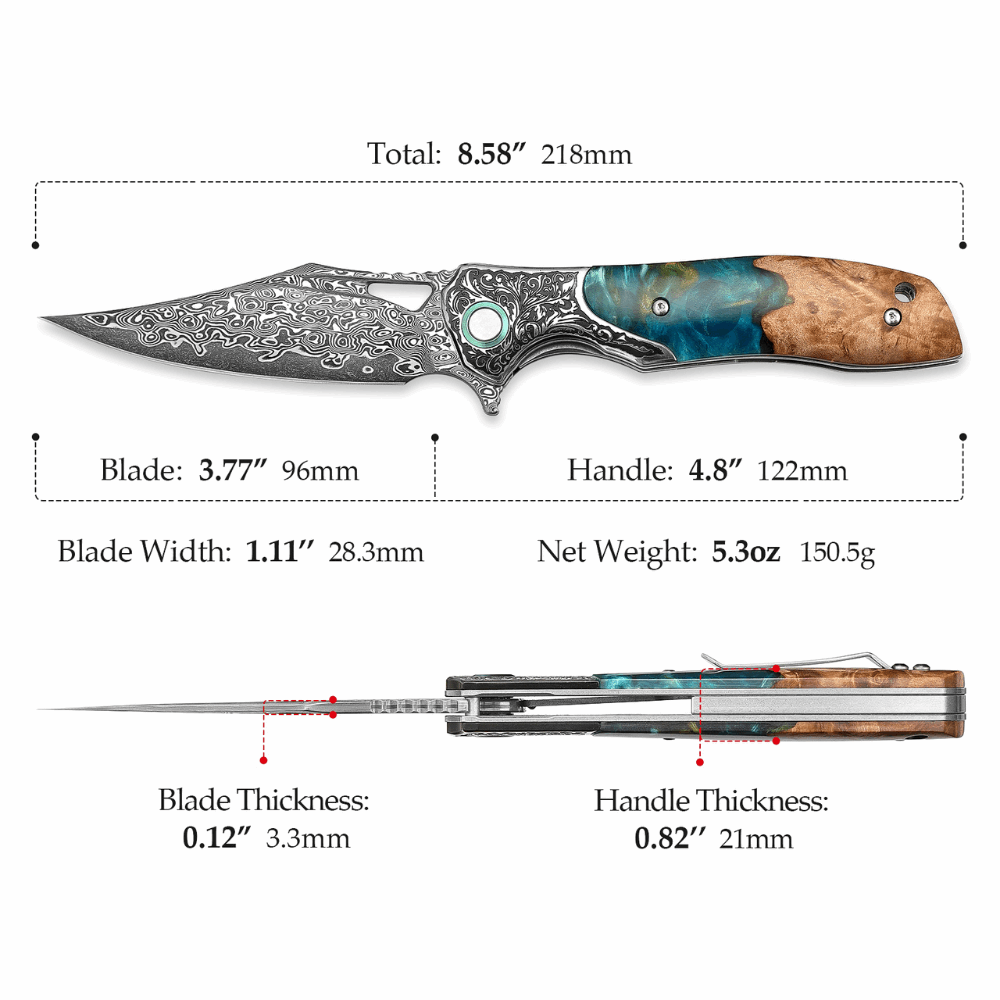
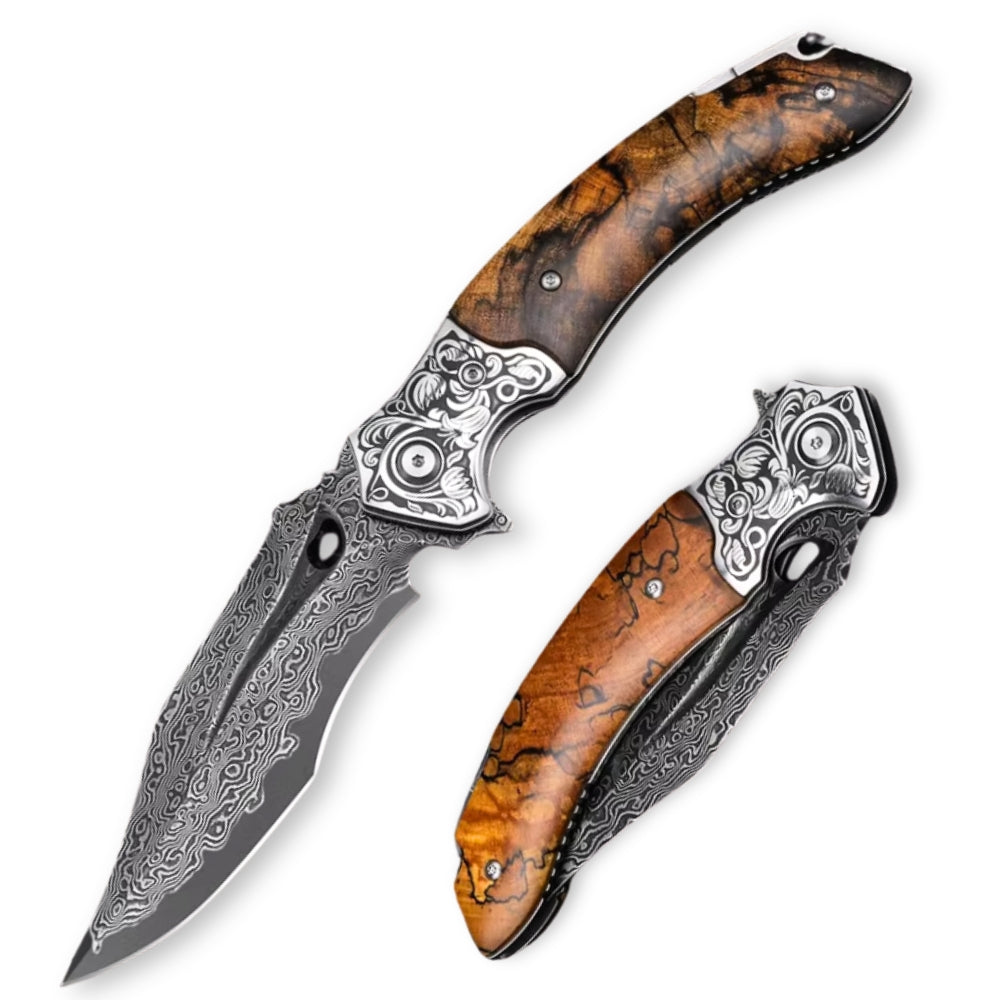
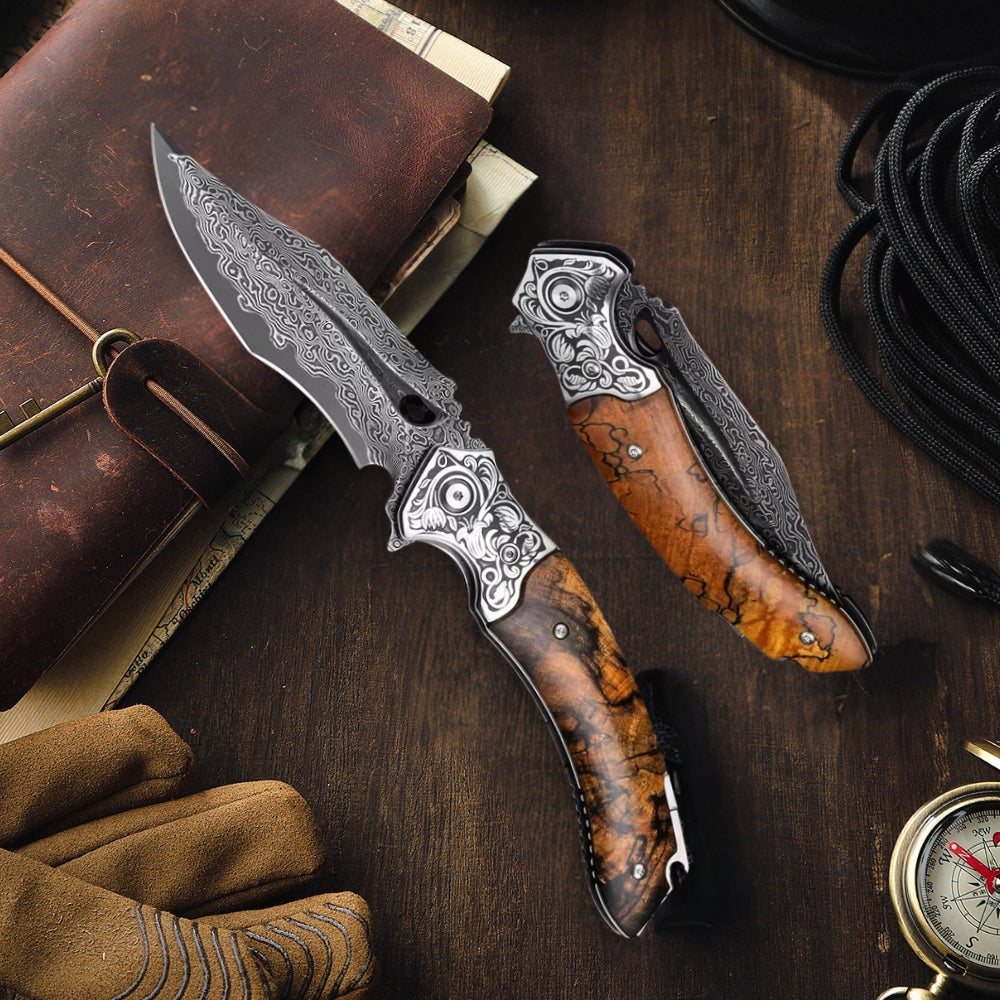
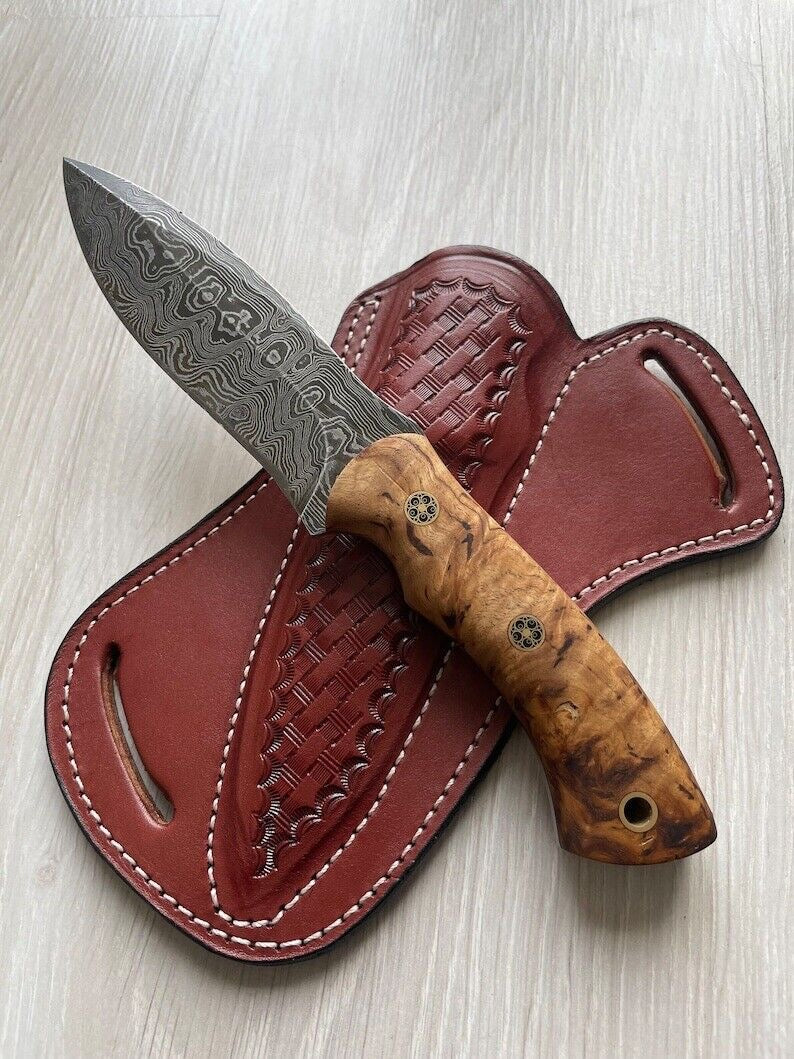
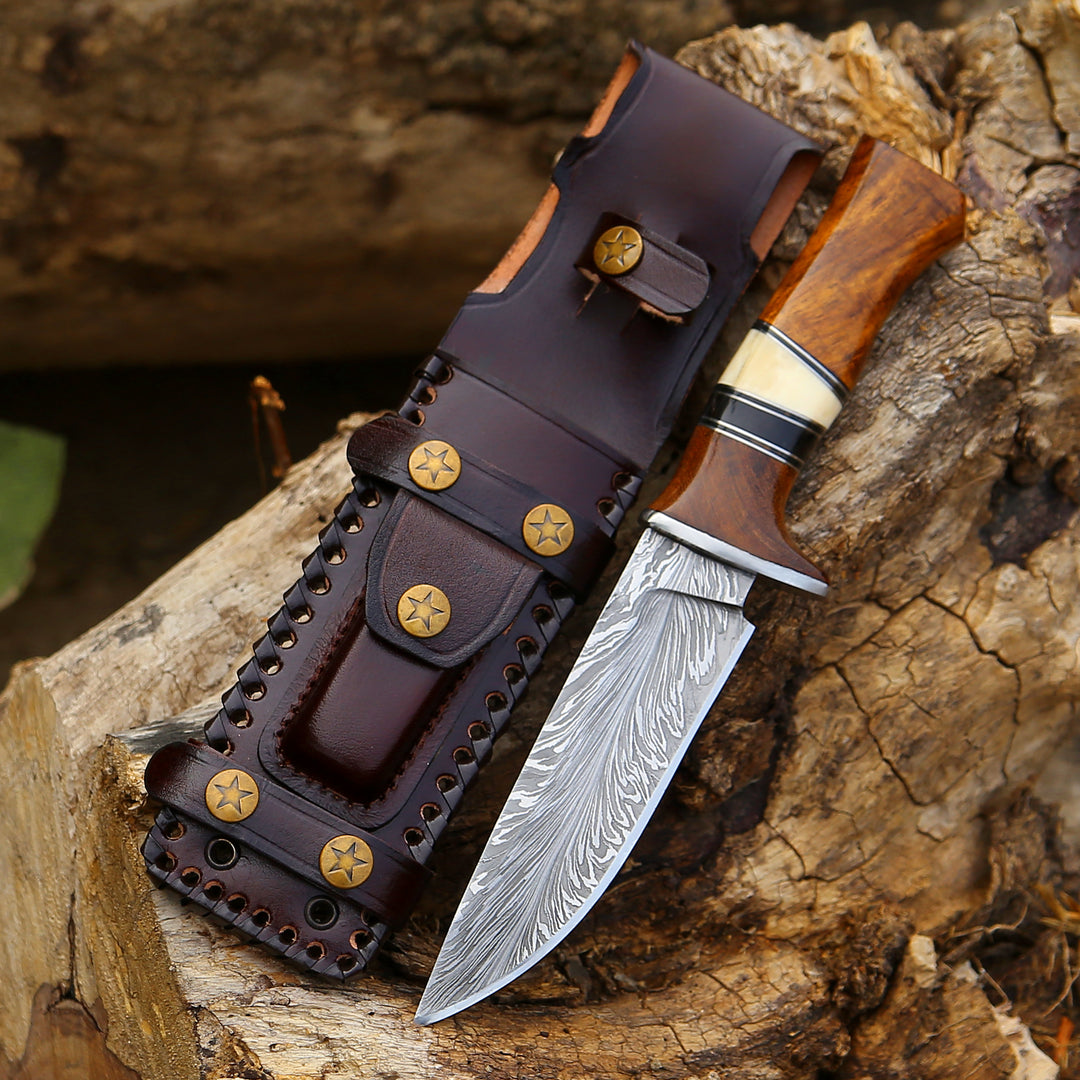

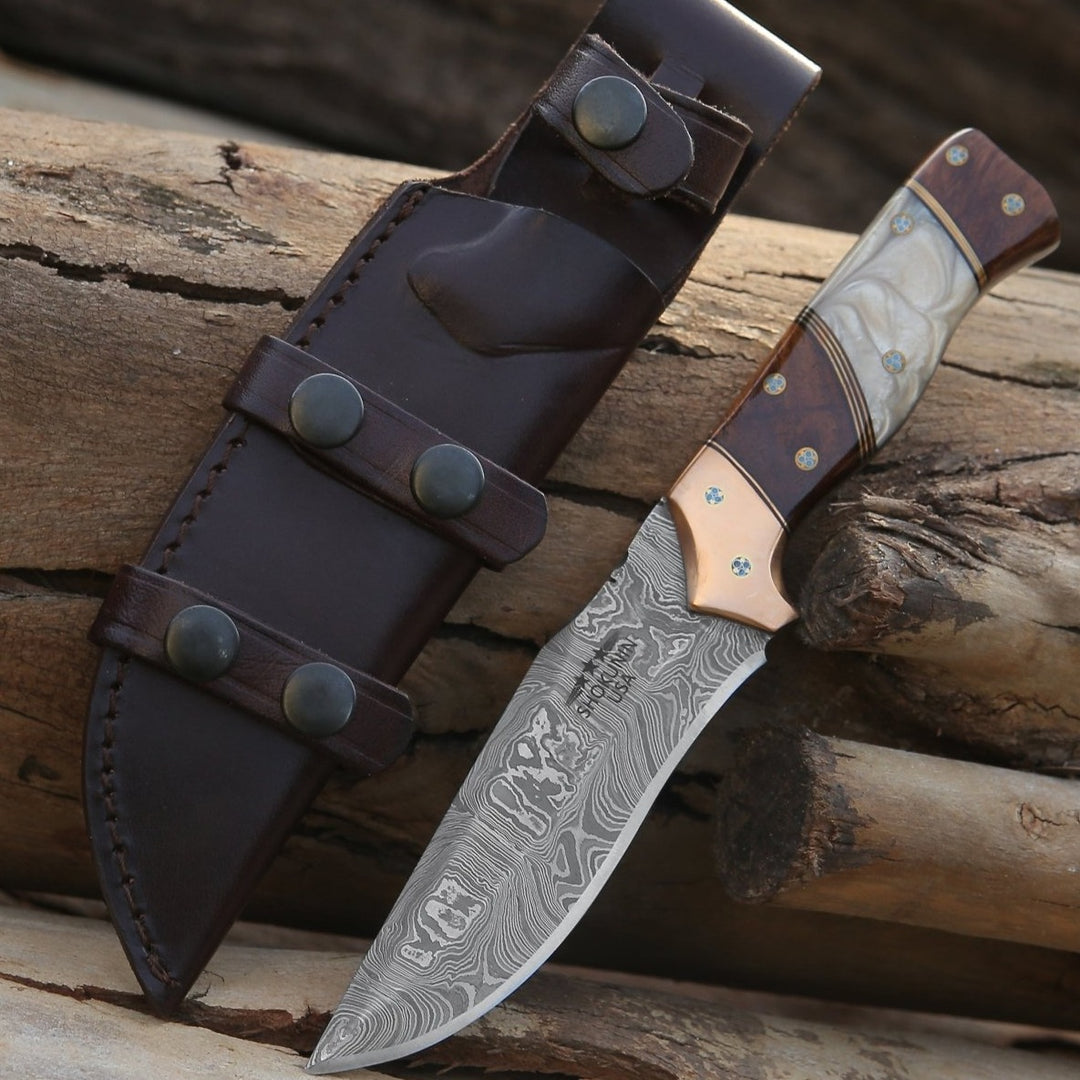
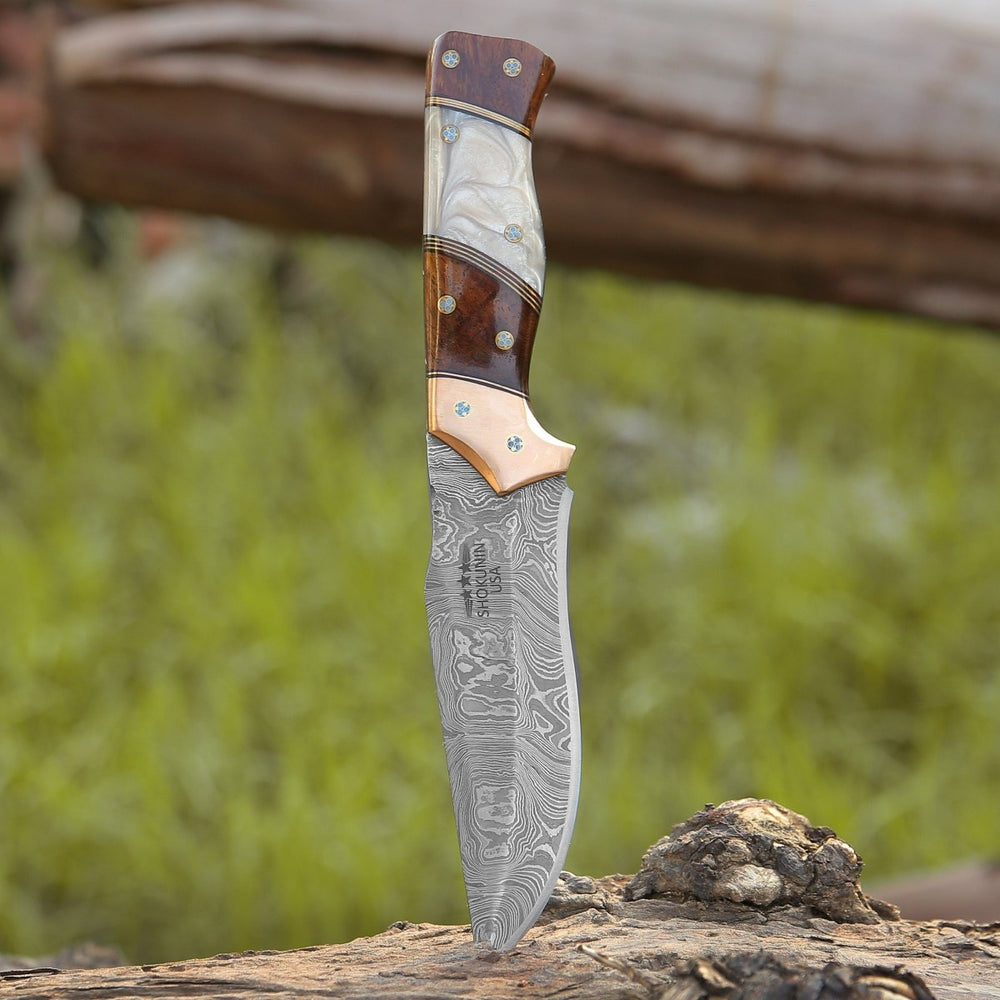

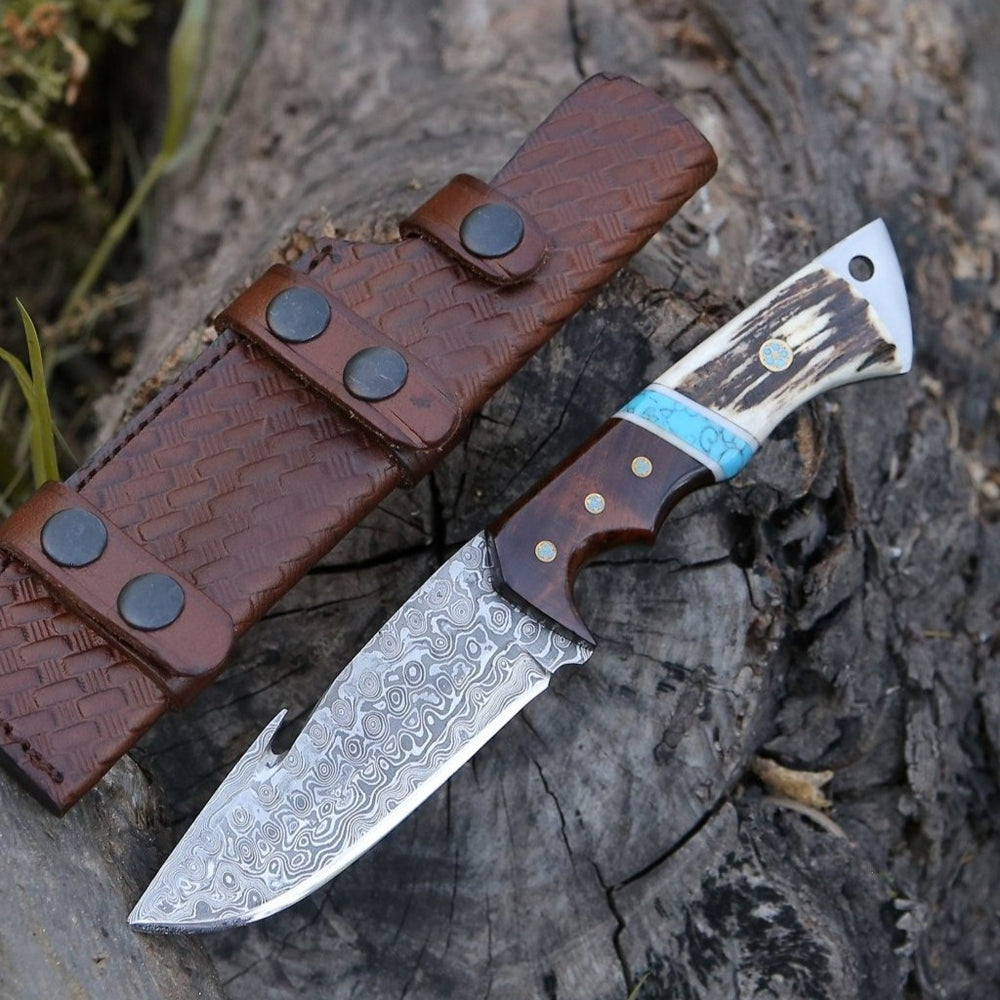
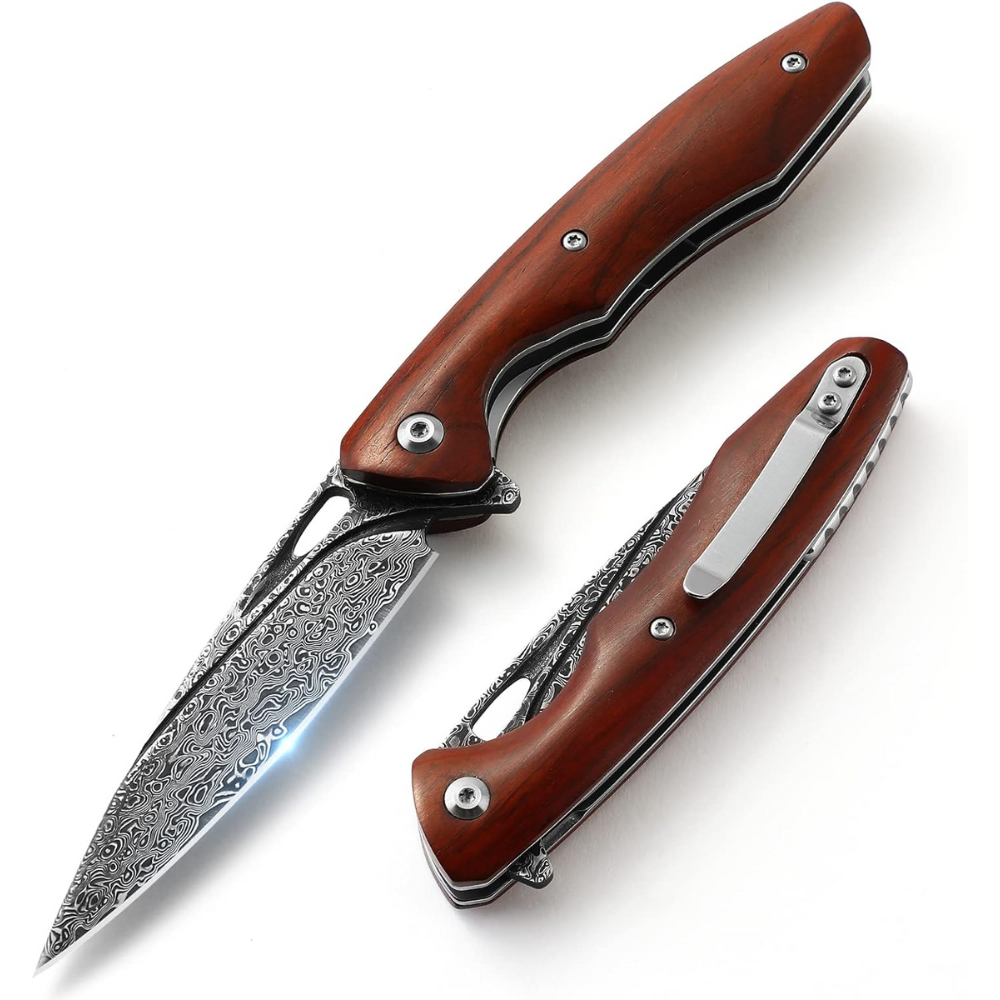
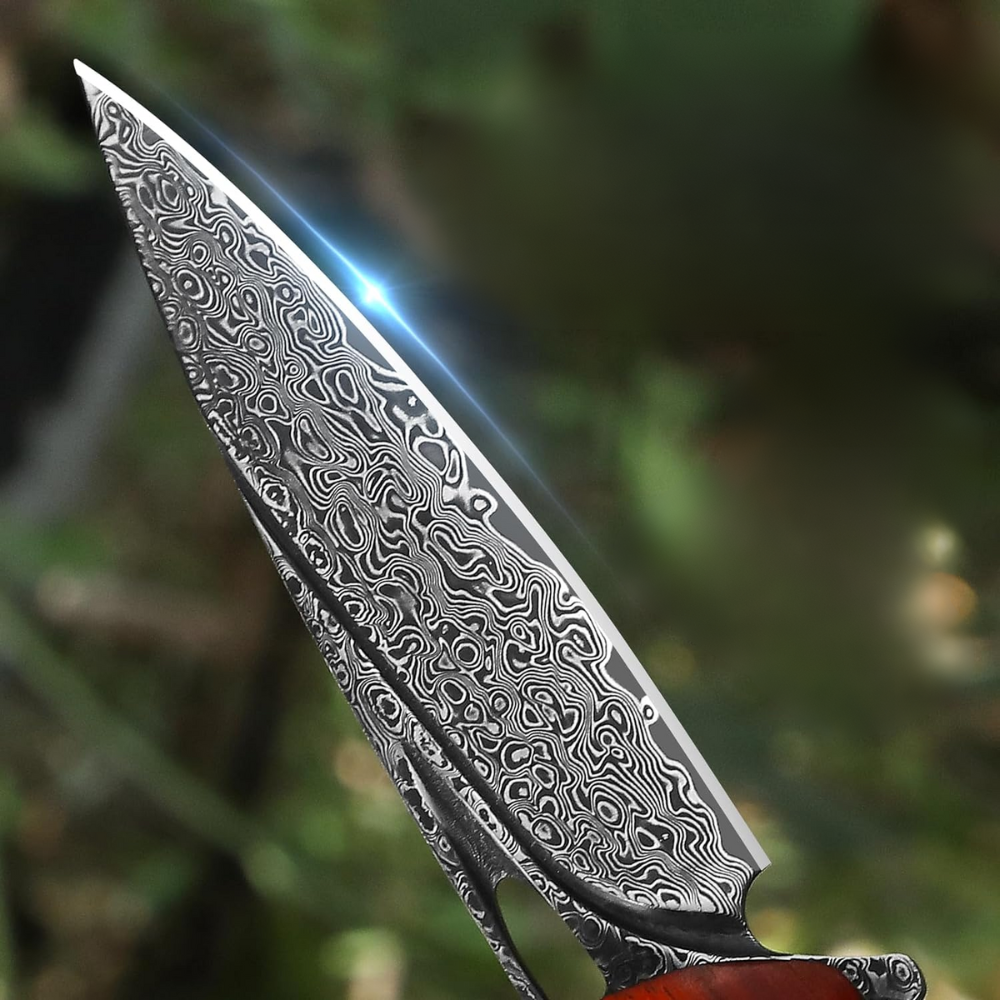
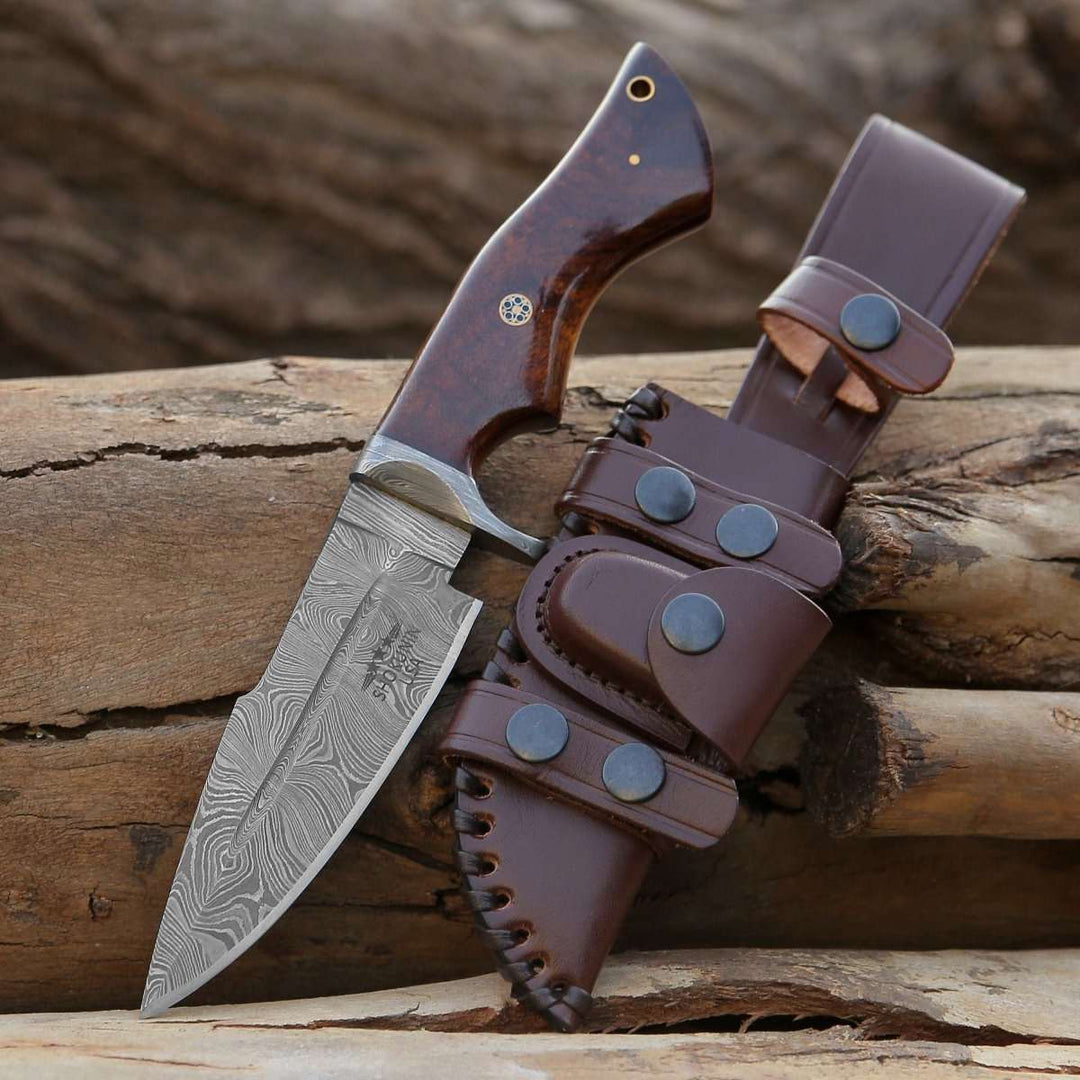
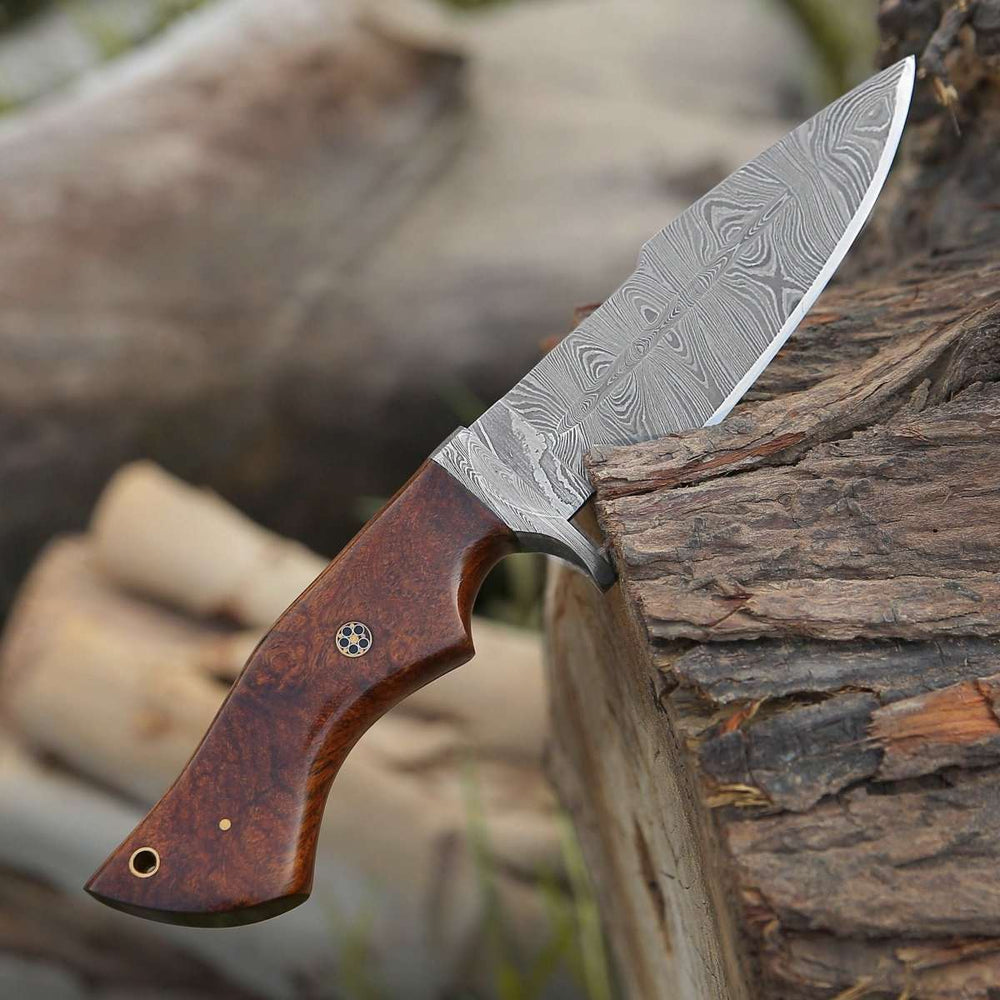
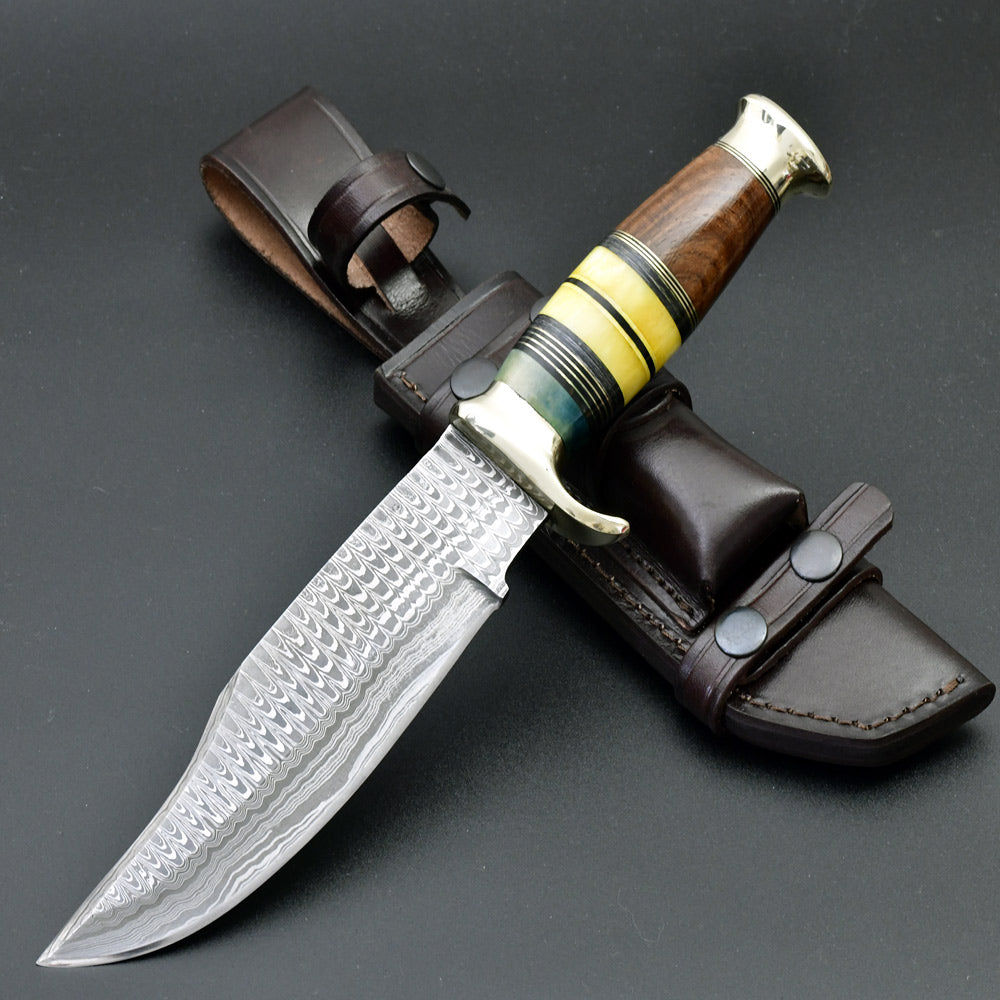
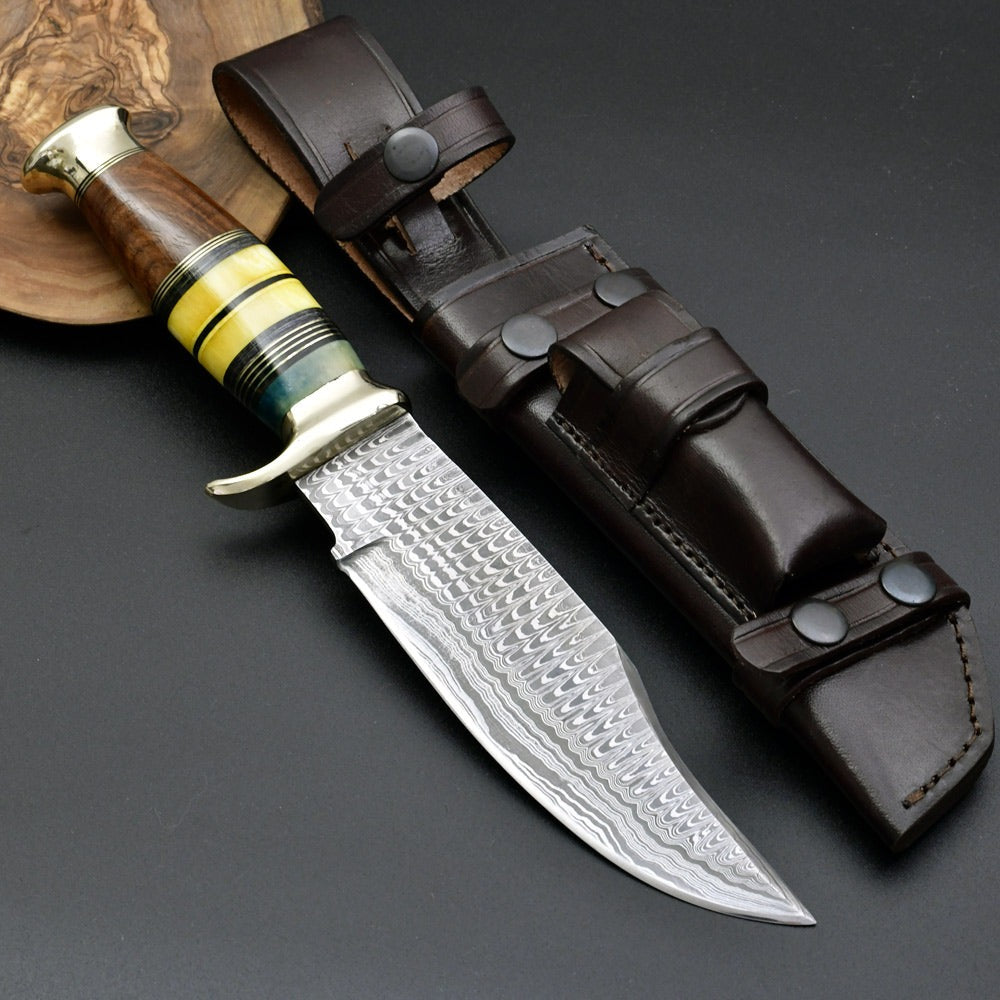
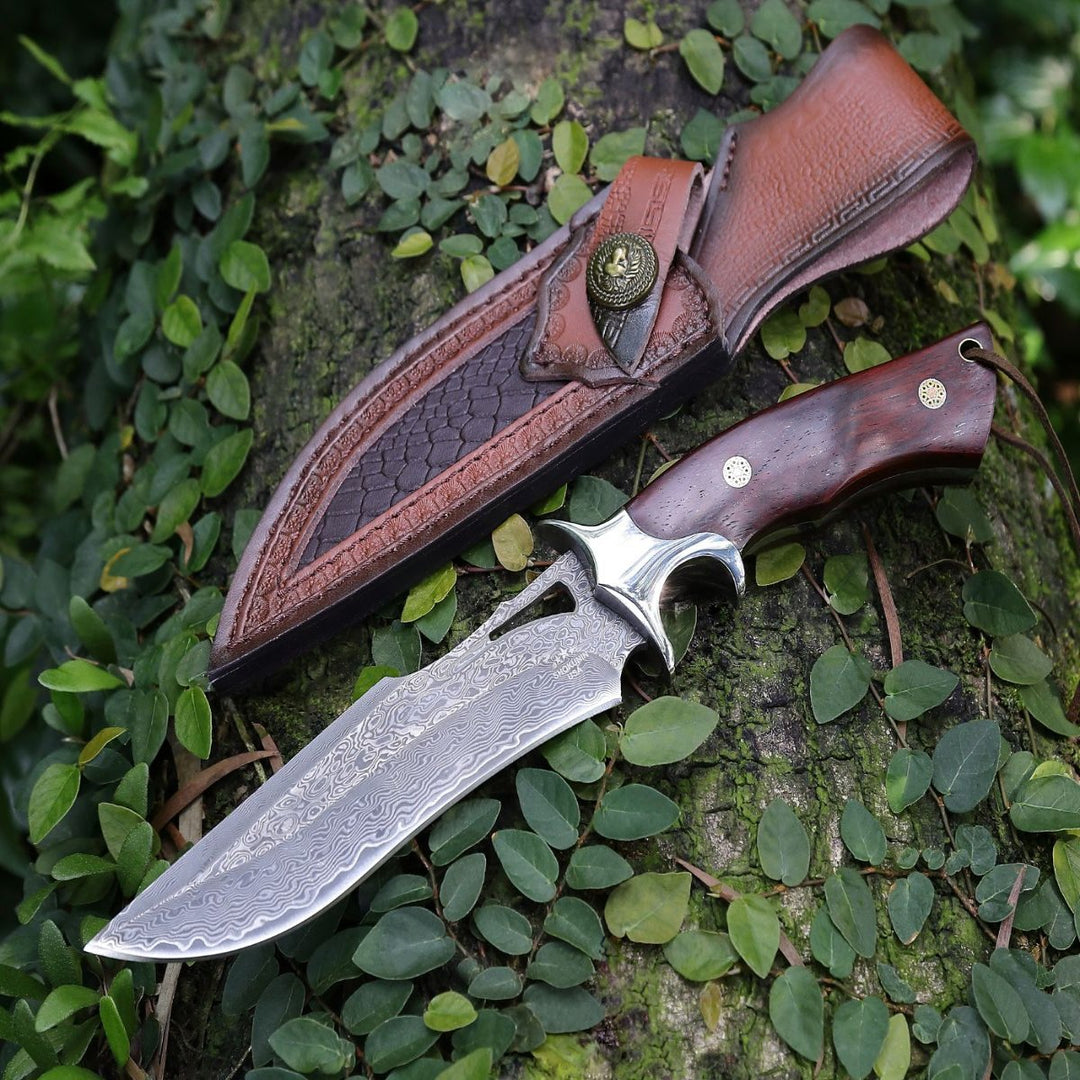
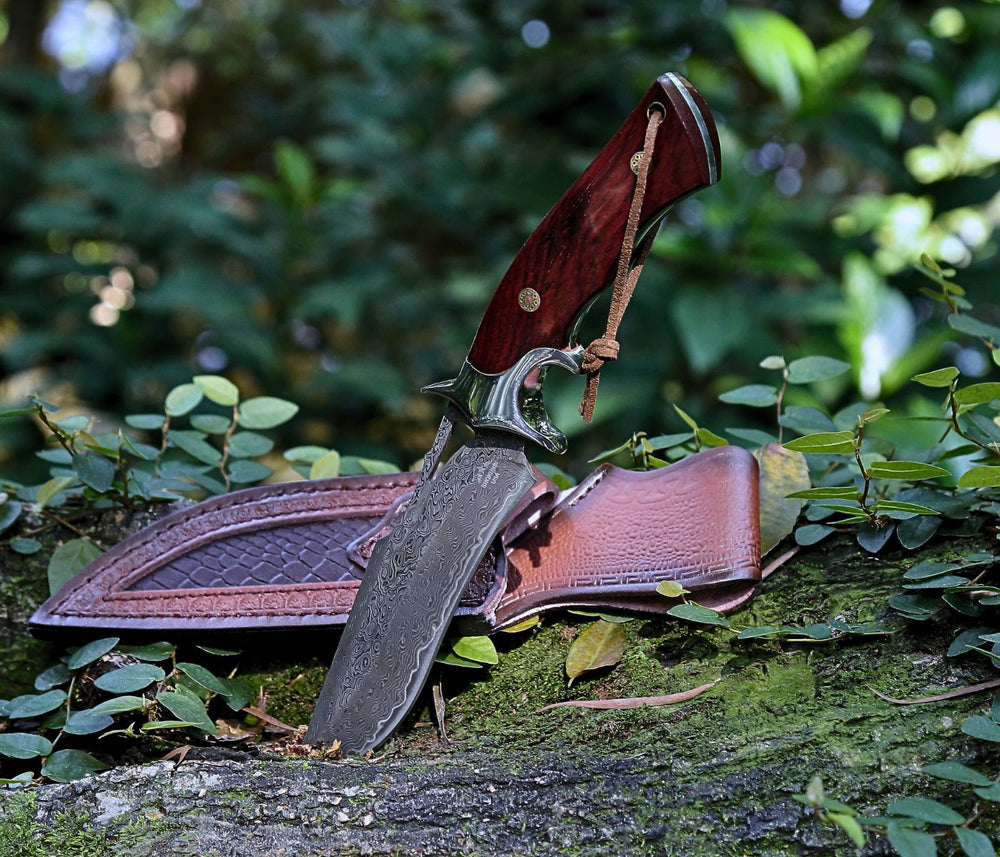
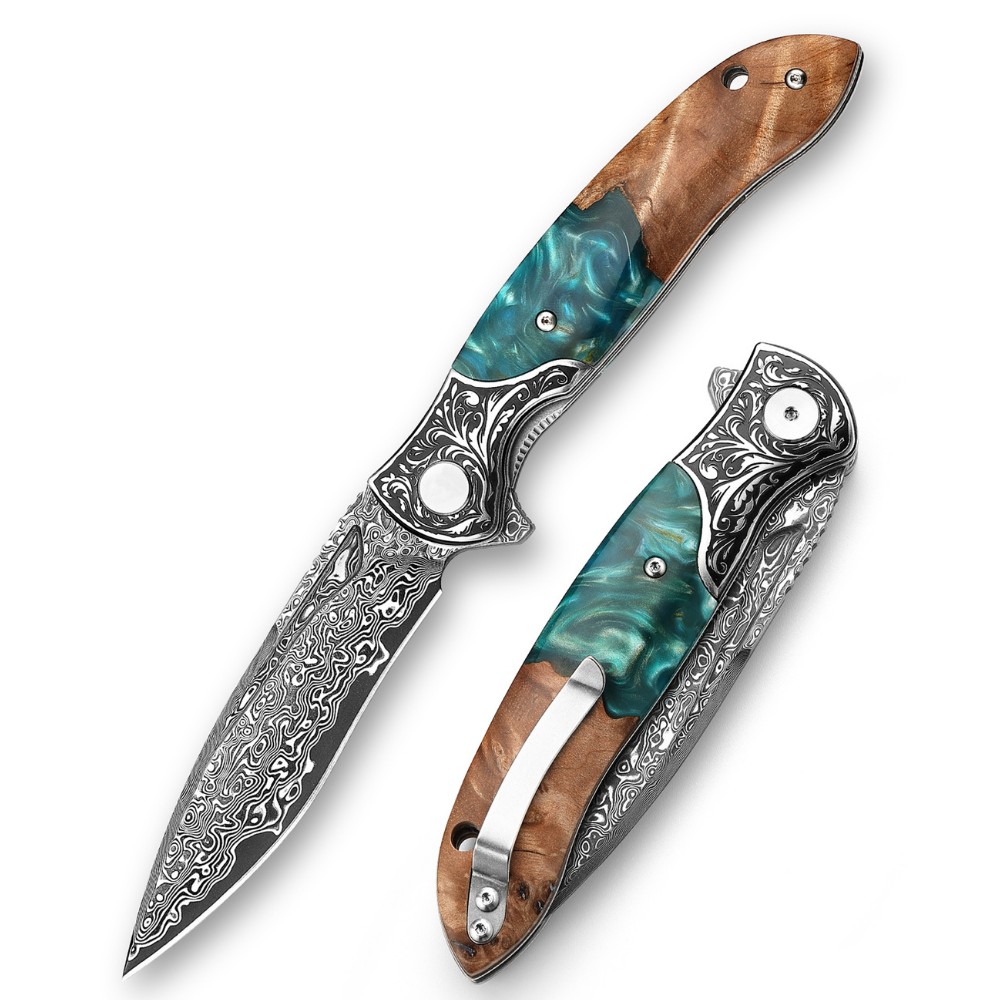
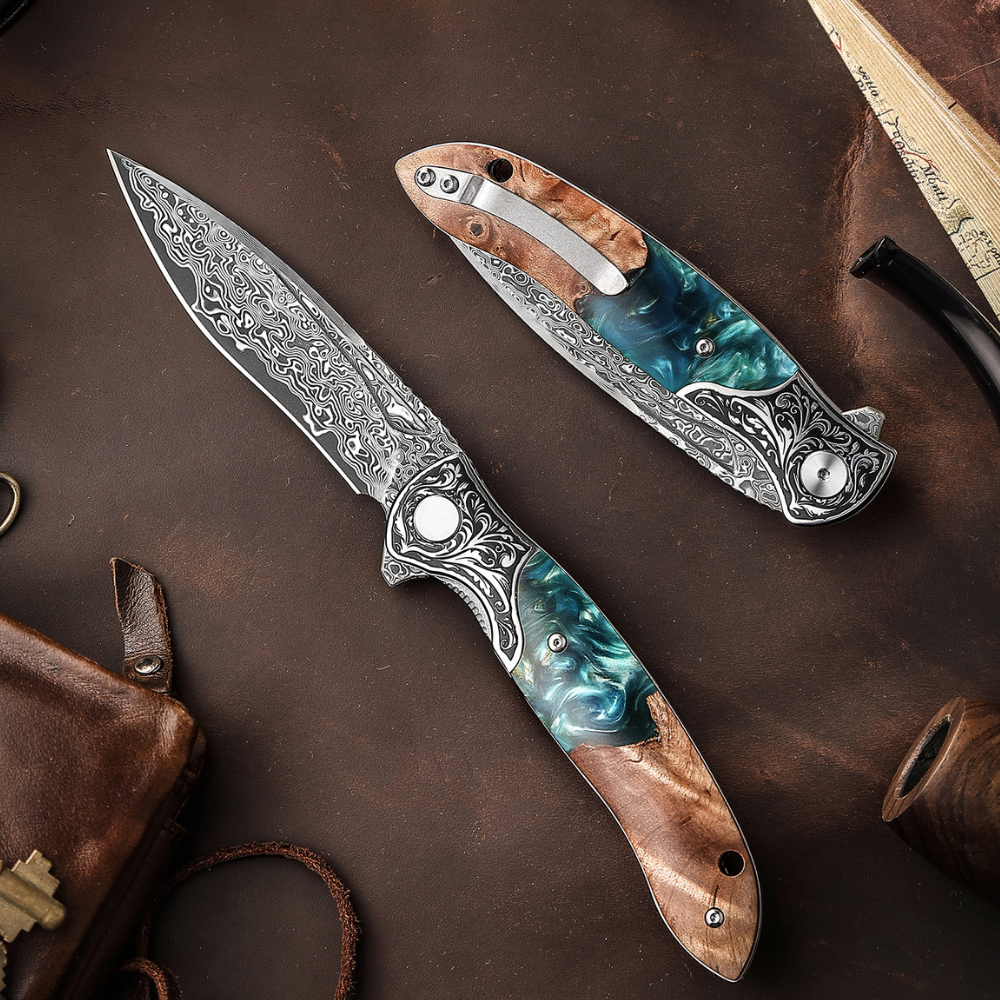
Leave a comment